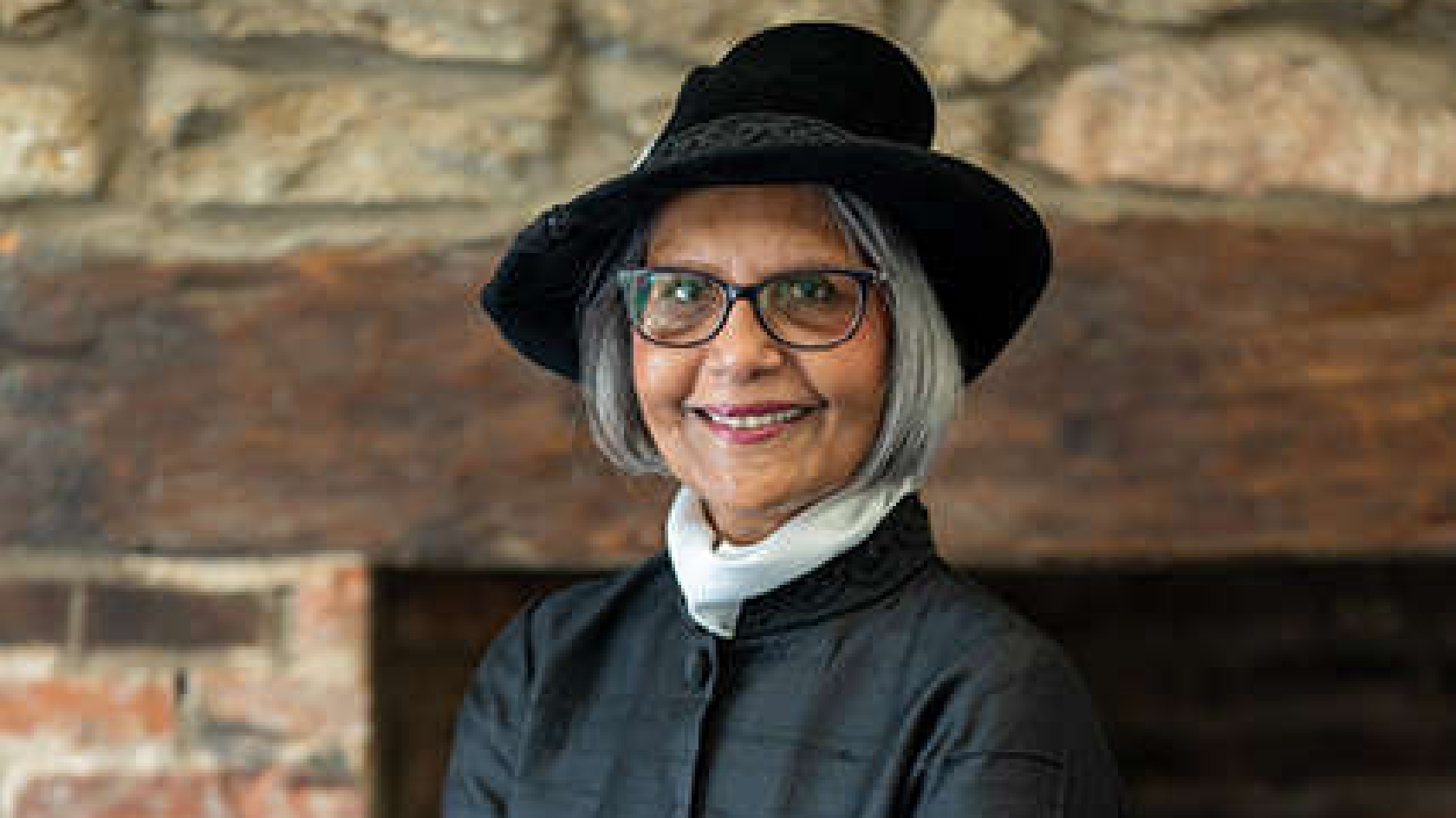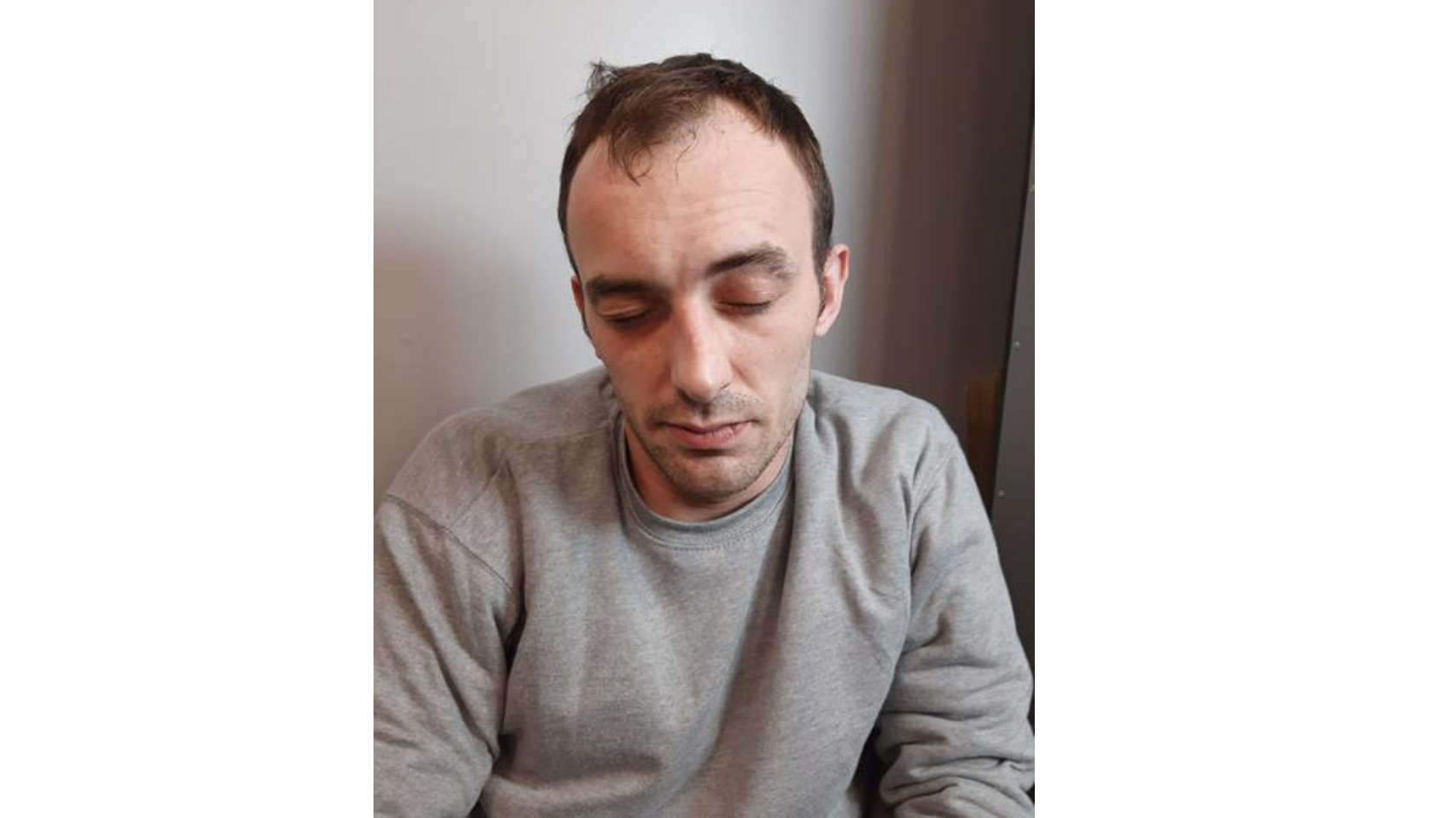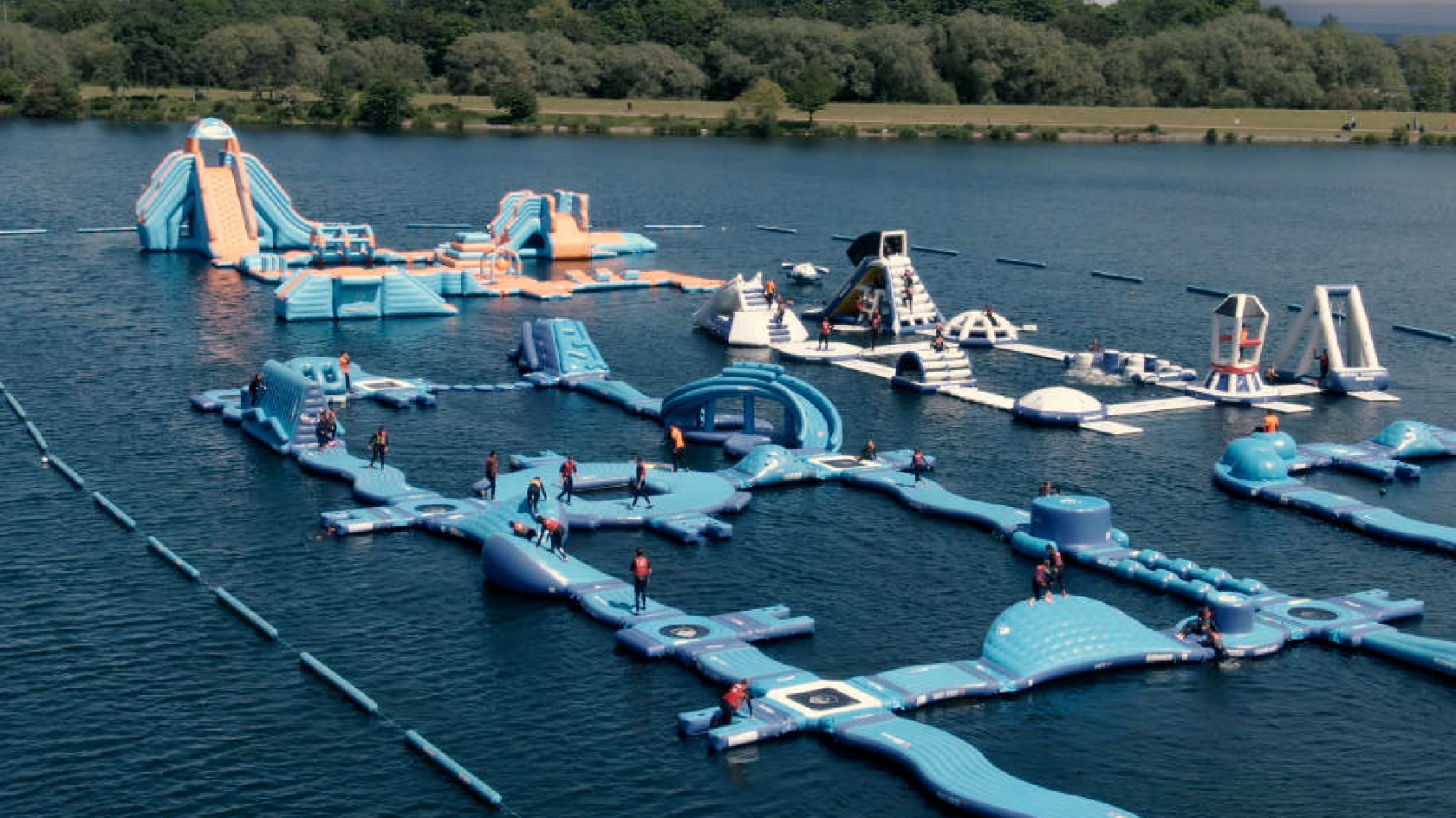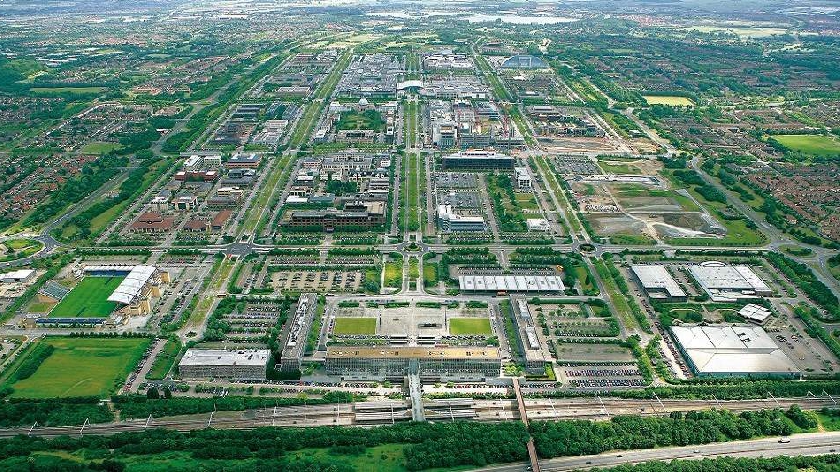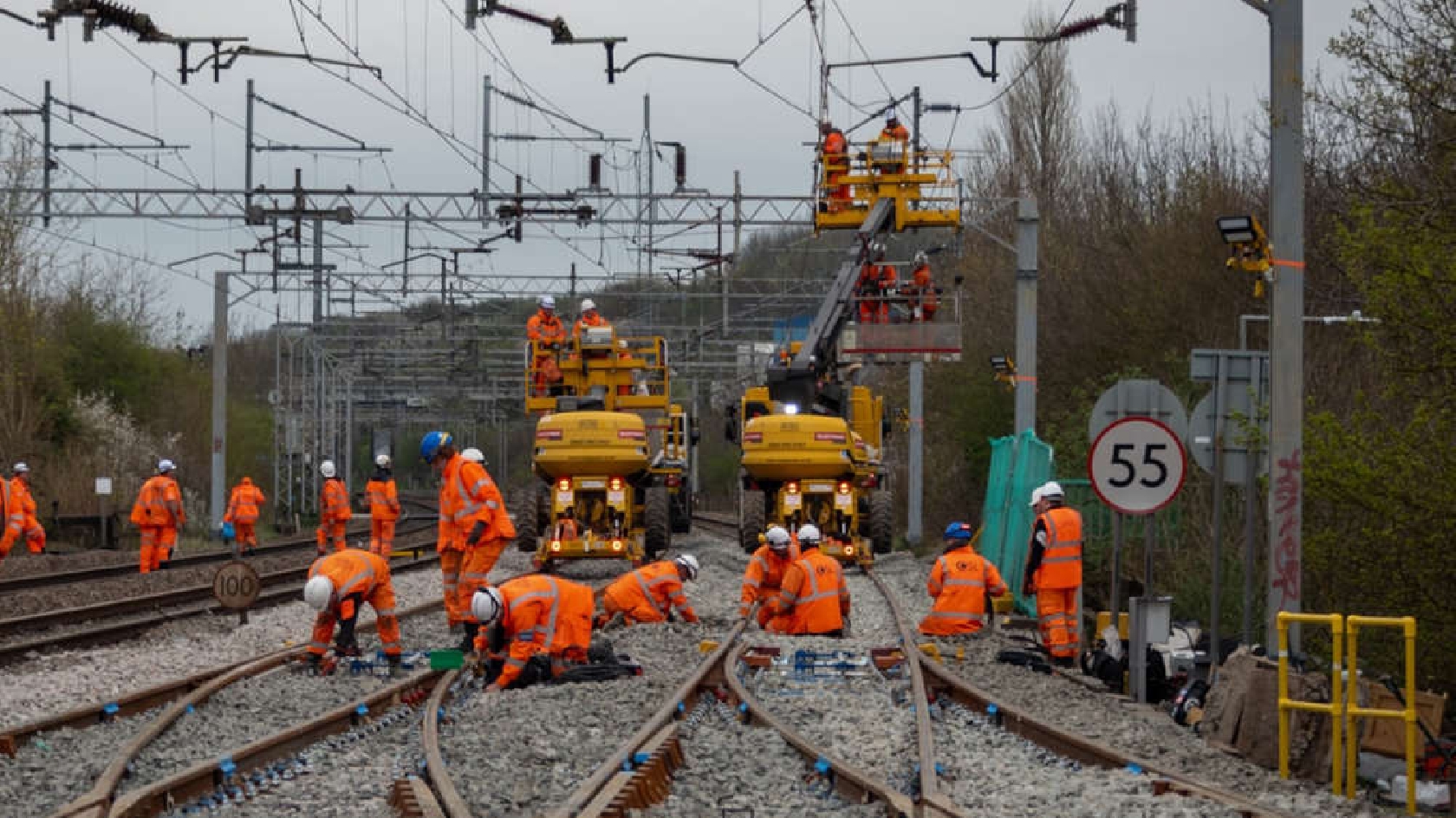
Milton Keynes' wonderful green space highlights an underrated aspect of modern urban planning says Ben Everitt, MP for Milton Keynes North.
Social media has two settings. Outraged and off. And when sufficient groups of social media users are sufficiently outraged, another set pops up to be outraged that the first are outraged. And so on. As David Cameron said, Twitter isn’t Britain. Polls consistently show this, much the to outrage of the twitterers. And so the cycle continues.
So I resist the pull to hop on the online outrage bus wherever possible. But it’s been tricky over the last few weeks. Pictures have been circulating of padlocked parks and almost comical taped-off trees and benches. Maybe be we all have our own outrage buttons, but this one is mine. No. Not outside. Outside is precious. Our green spaces are precious.
It’s a huge relief that 340 parks and green spaces have now reopened following a specific request by Communities Secretary Robert Jenrick last weekend. The mental health benefits of access to fresh air and green space are well known. And at this time of heightened national stress, who knows how many people have found an escape from the edge by perambulating in the park.
Milton Keynes is a city famous for concrete cows and the roundabouts that ease traffic around a functioning grid system. But the emerald in the crown of MK’s masterplan is the abundance of green space. In the urban boundary of Milton Keynes, no one is ever is ever more than half a mile from a park.
MK’s 5,000 acres of parks, lakes, woodlands, rivers and canals have been an essential component of the resilient new City’s stoic response to Coronavirus. Just 53 years old, the new settlement in north Buckinghamshire is known as the city of the future. 200 miles of ‘redway’ paths criss-cross the city, winding by streams in parks which double as floodplains, though woods, around lakes and between rows of trees in the city centre itself. Originally designed for walkers and cyclists, the network is now shared with grocery-delivering robots and self-driving cars. These scenic veins have pulsed with joggers, parents with prams, families on bikes. By and large, folk have been sensible, following the public health advice, keeping safe and keeping their distance.
The scientific and medical advice followed by the government is that the mental health benefits of ‘keeping outside open’ outweigh a full ‘ghost-town style’ full lockdown. Used sensibly, everyone can enjoy the responsibility of fresh air in parks or on paths. There’s a very real risk that a longer-term consequence of isolating and social distancing could be an epidemic of mental health issues – for adults and for children. The ability to leave the house, and the knowledge that this escape is possible, is fundamental to mitigating this.
We’ve known for a long time that access to green space is important for mental health. Research highlighted by the World Health Organisation suggests that exercise outside in a natural environment can help to treat mild depression and reduce indicators of physiological stress.
In Denmark, a huge study involving satellite imaging and national-wide health data proved that growing up near green spaces reduces the risk for developing mental health problems in adolescence and adulthood. Researchers matched satellite archive data with individuals in the Danish Civil Registration System, tracking childhood proximity to residential green space for a million Danes. This was then correlated with data relating to their mental health outcomes.
The research, from Denmark’s University of Aarhus, gave a vividly clear result. People who grew up with the least green space nearby had as much as a 55 percent increased risk of developing psychiatric disorders such as depression, anxiety, and substance abuse in later years.
This has obvious messages for urban design. When the Coronavirus is behind us, we’ll be looking to jump-start our economy. A key plank of this is building the right houses in the right places to support local economic growth and productivity. We’ll also have a population used to working in a different way – less reliant on travelling to major economic centres, certainly less London-centric. Which means our local growth areas will be much more important when it comes to our national industrial strategy. The lockdown lessons and the Danish study have clear instructions for future city design. We need to build heathy places. We need to make green space the central point of urban planning.
Milton Keynes, with 15 lakes and 11 miles of canals has more bridges than Venice more shoreline than Jersey. Ok, so it’s shoreline on the lakes, but an MP should accentuate the positives. And the new city of MK certainly has plenty of positives. It’s a template for future urban design – merging urban and rural, with pockets of medieval history, surrounded by robotic glimpses of future Britain. In old Milton Keynes village, cottages date back to the 13th century. Bradwell Priory was founded in 1154. More than 22 million trees have been planted in Milton Keynes, helping to assimilate the old and the new.
As with any new project, there are lessons in how not to do things, too. Milton Keynes is not all metropolis. Over two thirds of the borough of Milton Keynes is rural – farms, villages and market towns nestle peacefully between the city and neighbouring Northamptonshire and Bedfordshire. It’s into these tranquil pockets that MK now encroaches. The line between planned growth and urban sprawl may be semantic when debated in council chambers and at planning committees, but it’s clear when it is crossed.
Part of charm of Milton Keynes is the beautiful functionalism – it works because it was planned to work. The grid roads, the floodplains, the redways, the parks, the lakes. These are the valves that are helping people let off steam during the lockdown and regulate the order of traffic in normal times. But a rush to deliver housing numbers means contemporary planners are letting developers bolt huge estates on the side of the city. What was once beautifully functioning design is now grinding to a halt. Grid roads stop abruptly at sprawling estates. Arteries that once pumped traffic around a healthy system, are now clogging with congestion. Plans for the urban boundary to be extended east of the M1 risk losing farmland forever at a time when our nation’s ability to produce food is in the spotlight.
So the answers to healthy housing and a happy, productive, workforce after the lockdown lie in the lessons from north Buckinghamshire’s new city. Green space, planned growth, integrating the rural and the urban, husbanding the history, finding beauty in function – and then protecting it.
When we emerge from social isolation, we will thank the planners that put parks and lakes in our cities. We must pass this gift on to future generations, not just for their aesthetic enjoyment, but for the mental health of our nation.
- Ben Everitt, MP for Milton Keynes North

